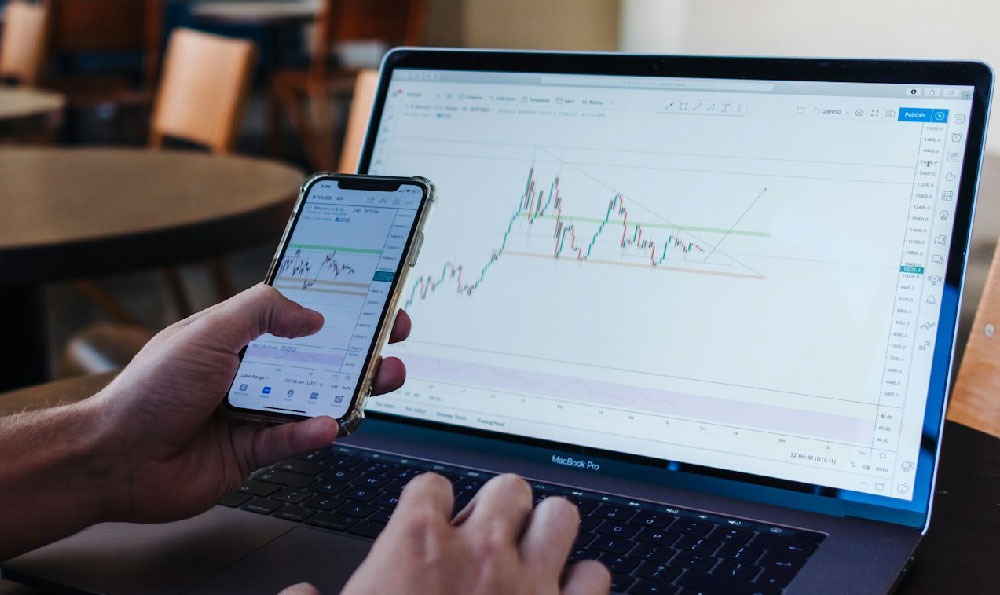Making money on Instagram has become an increasingly popular avenue for individuals seeking to monetize their online presence, but it requires more than just posting content—it demands a strategic approach, consistent effort, and an understanding of the platform’s unique dynamics. Instagram’s visual nature and algorithm-driven visibility create opportunities for creative professionals, entrepreneurs, and content creators to generate income, yet success does not come from a single method. Instead, it is a combination of authentic engagement, niche expertise, and adaptability to evolving trends. To navigate this landscape effectively, one must first recognize that Instagram is not merely a social media platform but a marketplace for ideas, influence, and value exchange. The key to profitability lies in aligning one’s content with their target audience and leveraging the right tools and partnerships to create sustainable income streams.
Building a loyal following is the foundational step for any Instagram-based income strategy. Unlike other platforms where content can be easily overlooked, Instagram emphasizes visual appeal and relevance, making it crucial for creators to maintain a cohesive aesthetic and deliver consistent value. High-quality photos, strategic use of hashtags, and engaging captions can help attract and retain followers. However, authenticity is equally important—audiences are quick to detect inauthenticity, and this can deter potential collaborations or sales. For instance, a fitness influencer who genuinely promotes healthy habits will likely see greater trust and conversion rates than one who fabricates success stories. Moreover, understanding the platform’s algorithm can significantly enhance visibility. Instagram’s algorithm prioritizes content that generates engagement, such as likes, comments, and shares, so creators must focus on producing content that resonates emotionally with their audience. This could involve storytelling, tutorials, or behind-the-scenes glimpses that encourage interaction and foster a sense of community.
Once a substantial following is established, monetization strategies can begin to take shape. Brand partnerships are a common method, where brands collaborate with influencers to promote their products or services. However, these partnerships require a clear understanding of brand values and audience alignment. A fashion influencer with a niche audience interested in sustainable fashion would be more effective in partnering with eco-friendly brands than one whose audience is broad but not specifically interested in that category. Leveraging the right audience data, such as demographics and engagement metrics, can help identify brands that are a good fit. Additionally, it is essential to disclose partnerships transparently, as Instagram has strict guidelines against deceptive practices. This not only maintains trust but also ensures compliance with platform rules. Another critical aspect is the balance between sponsored content and authentic posts. Overloading the feed with ads can alienate followers, so creators must integrate sponsored content seamlessly into their regular content without compromising their brand’s voice.

Affiliate marketing offers another lucrative opportunity, allowing creators to earn commissions by promoting products through unique referral links. This strategy requires careful selection of products that align with the creator’s niche and audience interests. For example, a tech blogger can promote gadgets, while a lifestyle influencer might focus on home decor or travel accessories. The effectiveness of affiliate marketing is heavily dependent on the creator’s ability to build trust and provide genuine value, as followers are more likely to make purchases based on recommendations they perceive as credible. Additionally, tracking performance metrics such as click-through rates and conversion rates can help optimize affiliate strategies. It is also important to consider the long-term implications of affiliate marketing, as it may involve ongoing relationships with brands and regular content updates to maintain relevance.
Selling products or services directly is another viable option, particularly for creators with a strong brand identity. This could involve selling merchandise, offering digital products like courses or templates, or providing consulting services. For instance, a photographer can sell prints or photo editing services, while a fitness coach might offer personalized workout plans. The success of this approach depends on the creator’s ability to refine their offering, price it appropriately, and effectively market it to the target audience. Utilizing Instagram’s shopping features, such as the "Shop" tab and product tags, can streamline the purchasing process and increase conversion rates. However, it is also important to maintain a balance between promotional content and regular content to avoid overwhelming followers.
Instagram also serves as a platform for monetizing skills through virtual events or workshops. Creators can charge for exclusive content, such as live sessions or masterclasses, which allow them to engage with their audience in a more interactive manner. For example, a beauty influencer might host a live makeup tutorial, while a musician could offer a virtual concert. The key to success in this area is to create valuable, time-sensitive content that provides clear benefits to attendees. Additionally, building a sense of exclusivity and urgency can encourage higher participation rates. However, this strategy requires significant planning and execution, including promotion, logistics, and post-event follow-up.
Beyond these primary methods, creators can explore niche opportunities such as Patreon, where fans support them through recurring payments in exchange for exclusive content. Alternatively, they can monetize their skills by offering paid consultations or coaching services. The success of these strategies depends on the creator’s ability to offer unique value and maintain consistent deliverables. Additionally, understanding the platform’s monetization tools, such as Instagram Ads and Instagram Shopping, can help creators reach a broader audience and generate additional revenue.
In conclusion, making money on Instagram is a multifaceted endeavor that requires a combination of strategic planning, consistent effort, and adaptability. Success depends on building an authentic connection with the audience, understanding the platform’s dynamics, and selecting the right monetization strategies. Whether through brand partnerships, affiliate marketing, selling products or services, or virtual events, creators must focus on delivering value and maintaining trust. Additionally, staying updated with the platform’s changes and continuously optimizing content and strategies are essential for long-term profitability. By approaching Instagram with a clear vision and a commitment to quality, individuals can transform their online presence into a sustainable income source.












